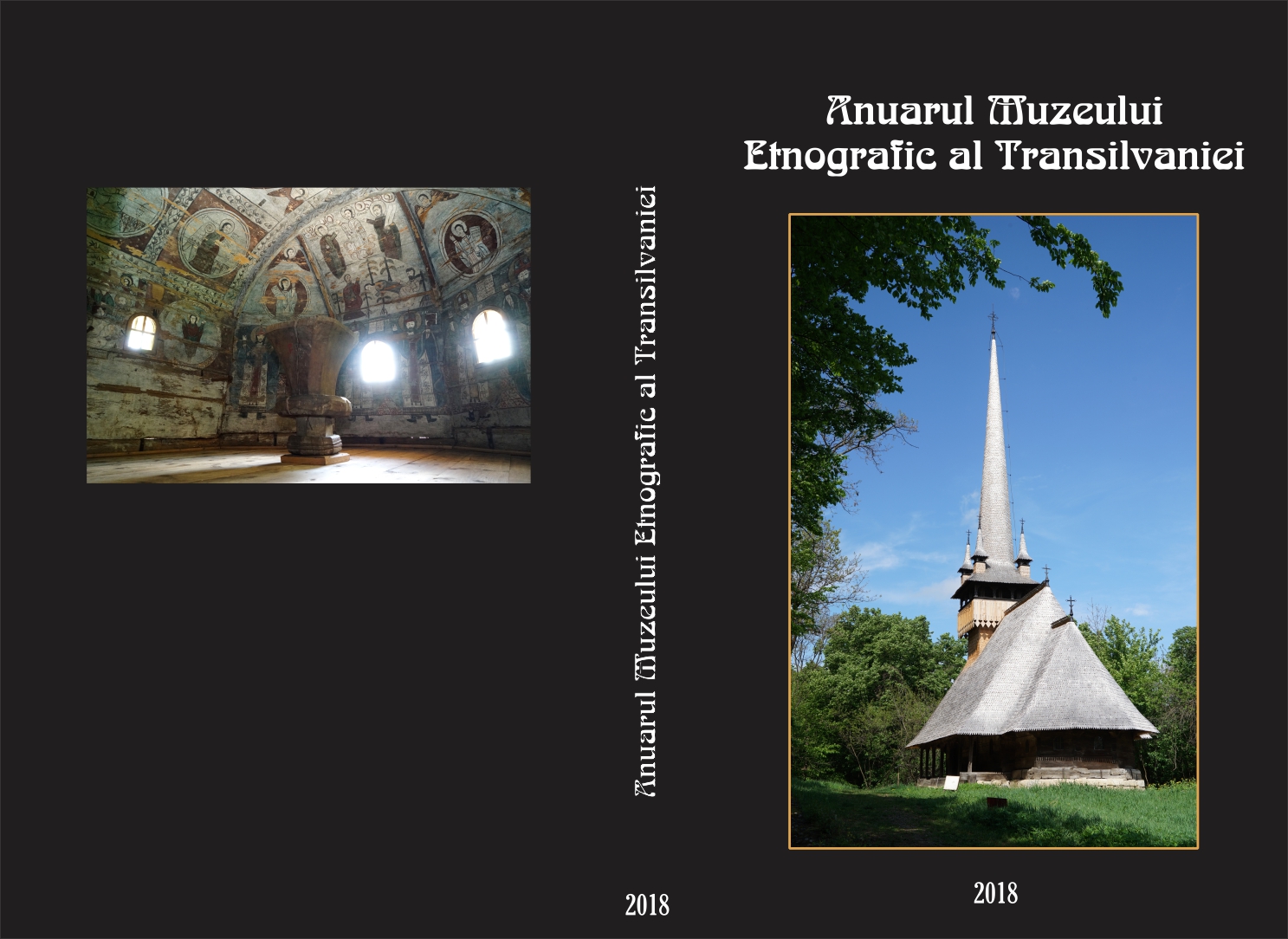Afacerea artei. Piața de artă în Țările de Jos în sec. Al XVII-lea
The Business of Art
The Market for Art in Netherlands in 17th Century
Author(s): Silvia SuciuSubject(s): Anthropology, Social Sciences
Published by: MUZEUL ETNOGRAFIC AL TRANSILVANIEI
Keywords: art market; art collector; artist; Netherlands; painting;
Summary/Abstract: The art market is a system by which the artwork reaches the public - collectors, museums, public institutions. Thus, the artwork becomes “merchandise” and its journey begins in the artist’s workshop and ends by being shown to the public.During centuries, the art market has registered many changes, according to different factors, such as: political regimes, economical and social crises, artistic tastes of the collectors. Until the 16th century, the public of the artwork was the church, the royal families or the aristocracy; in time, the work of art gained a wider audience. At the beginning, the transactions on the art market were made between the artist-producer and the commissioner-buyer.The market evolved and between the artist and the commissioner have interfered other persons or institutions such as the merchant, the dealer, auction houses, galleries. There are collectors in the history of art that started from the idea of making their own collections, building up powerful empires that promote and sell artists and their works.Depending on centuries or historical moments, the “rules of the game” have changed, and the evolution of the art market has led to the evolution of collective and individual perception of the artwork. As the rules and principles of the actual art market begun in Netherlands, in 16th-17th centuries, this article intends to study the historical context that has led to the evolution of the art market.
Journal: Anuarul Muzeului Etnografic al Transilvaniei
- Issue Year: 2018
- Issue No: 7
- Page Range: 232-265
- Page Count: 34
- Language: Romanian
- Content File-PDF

